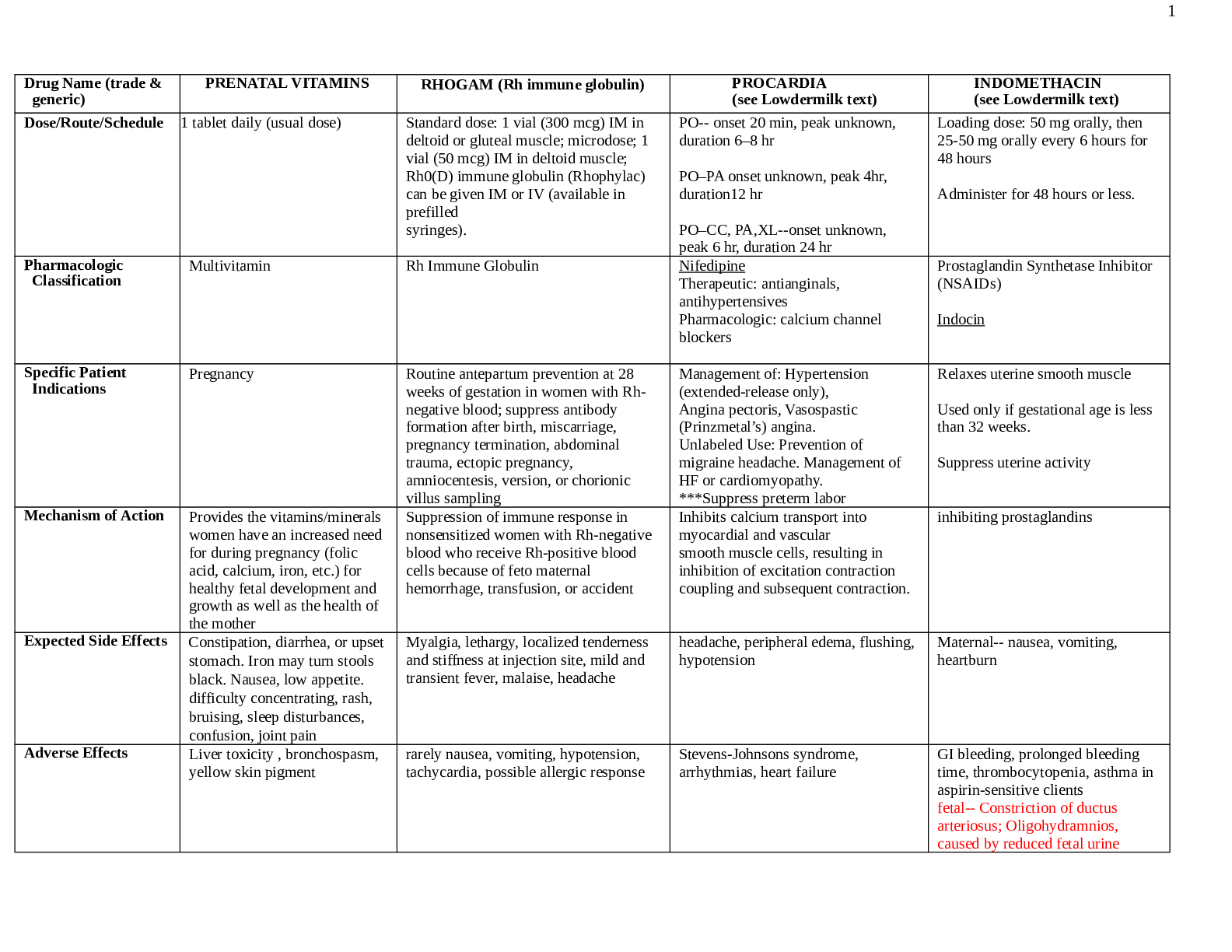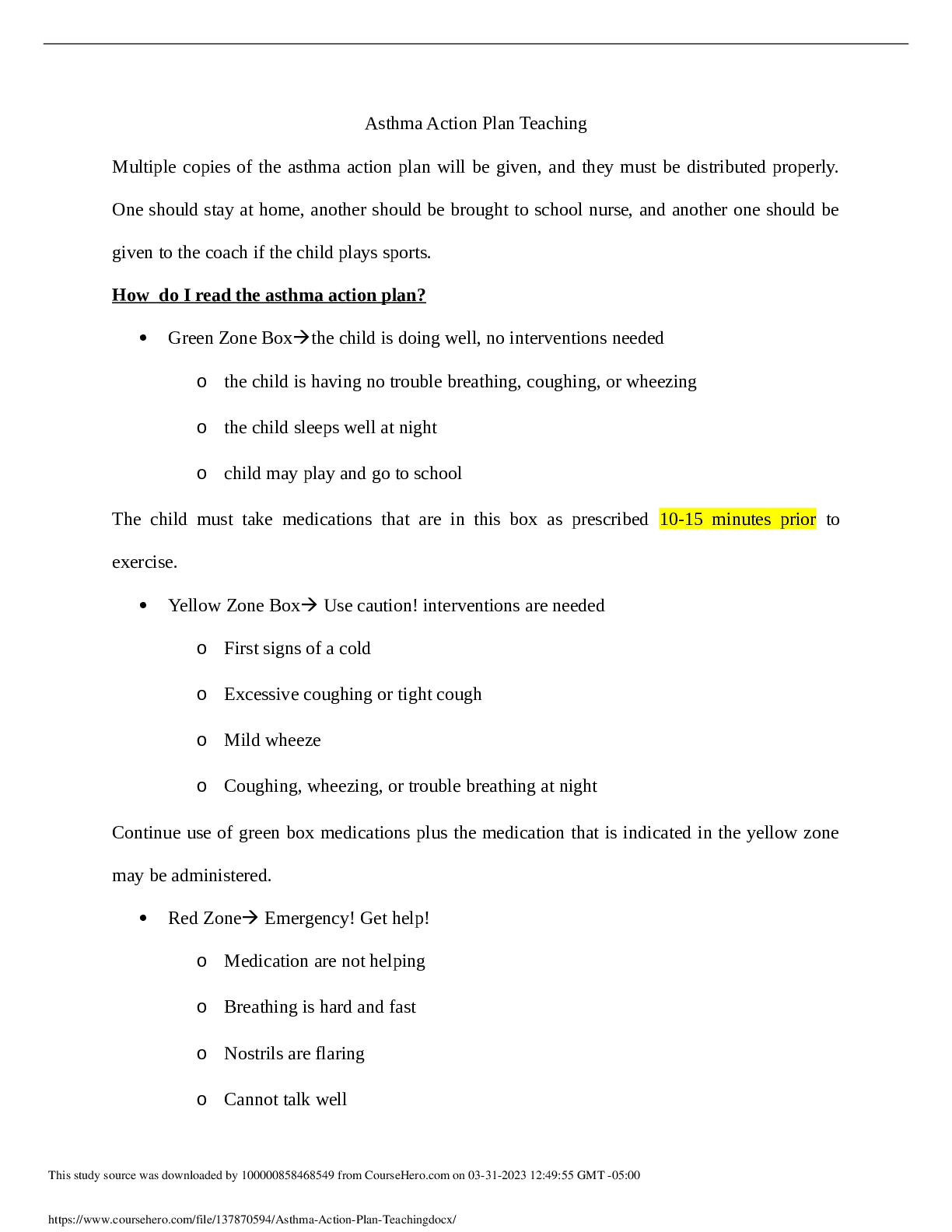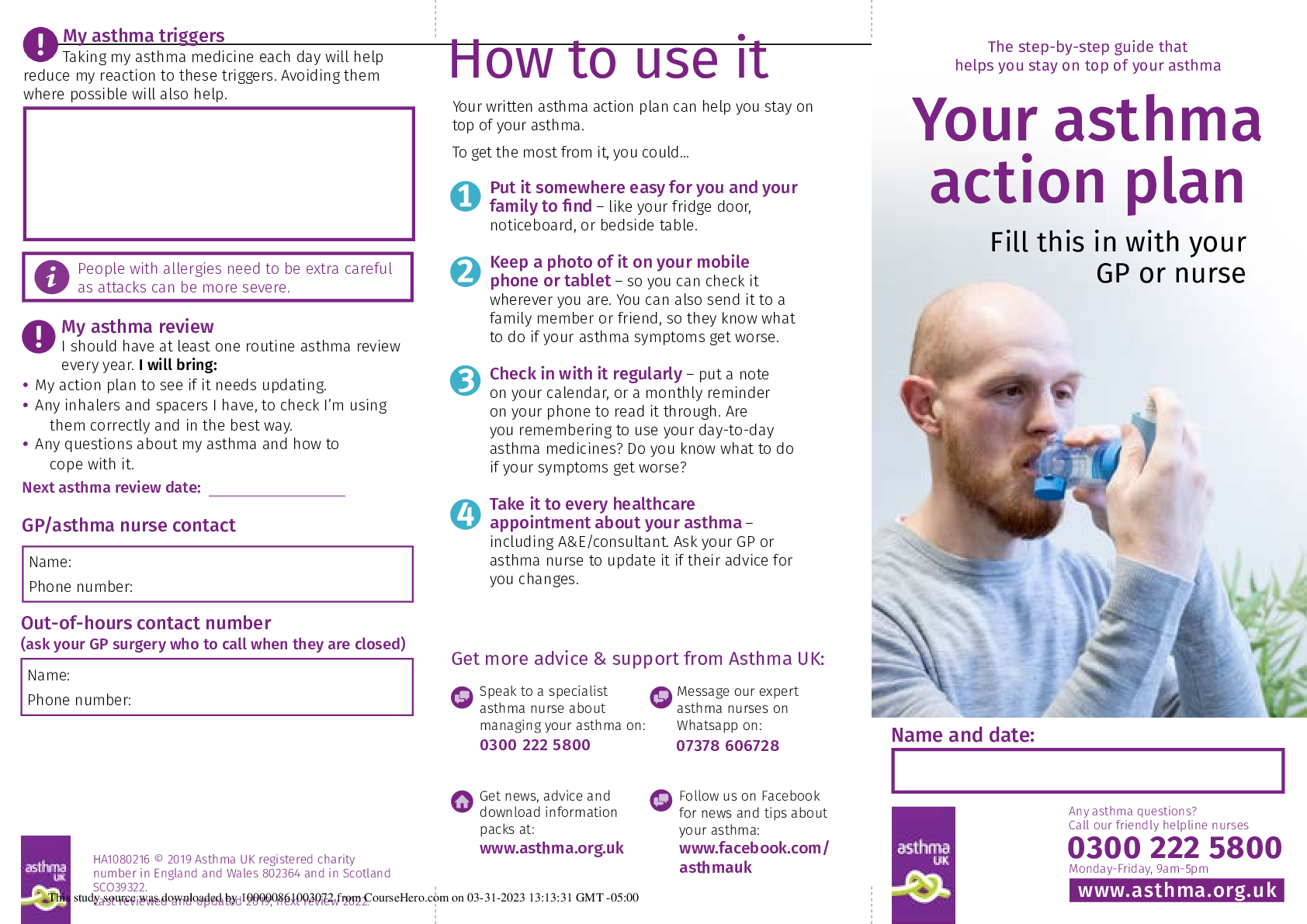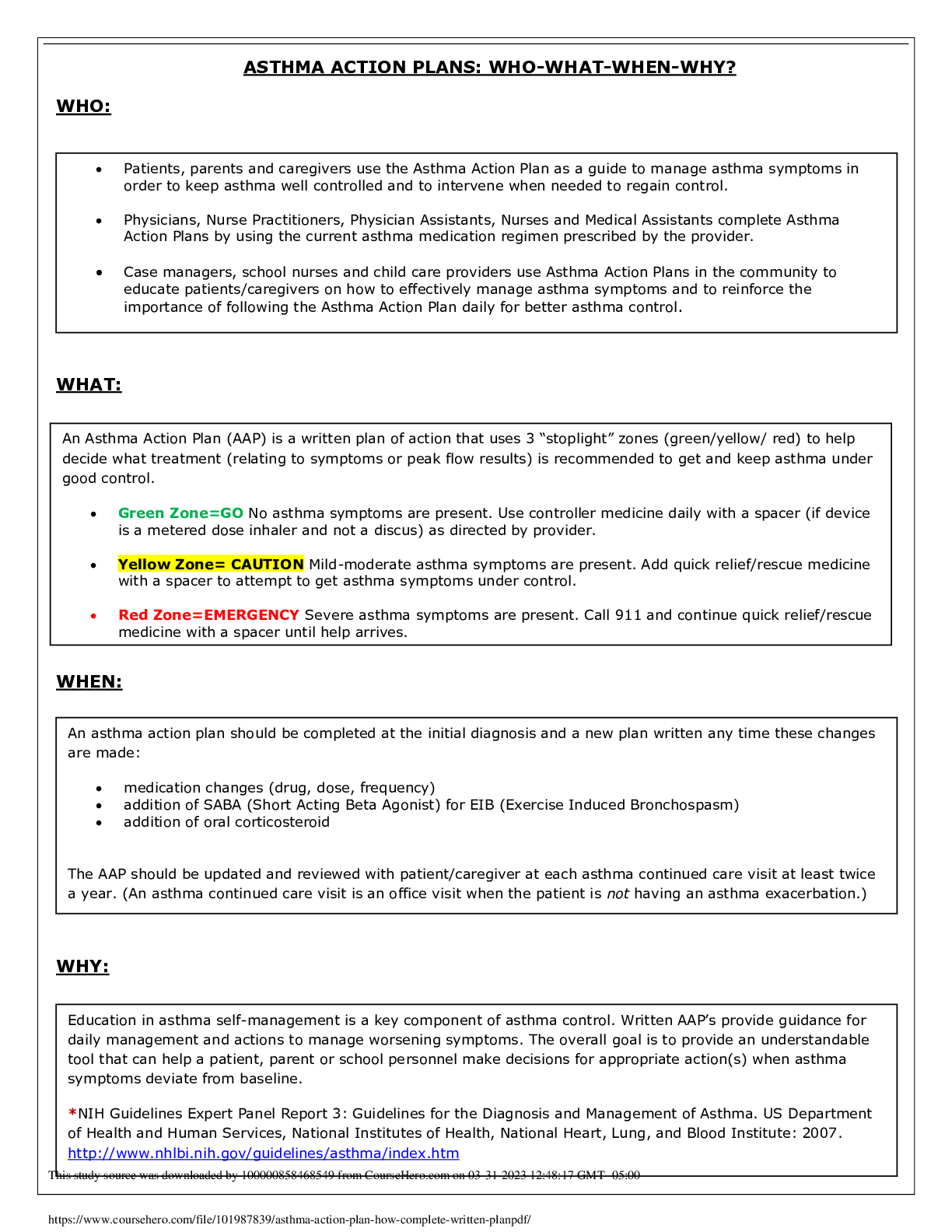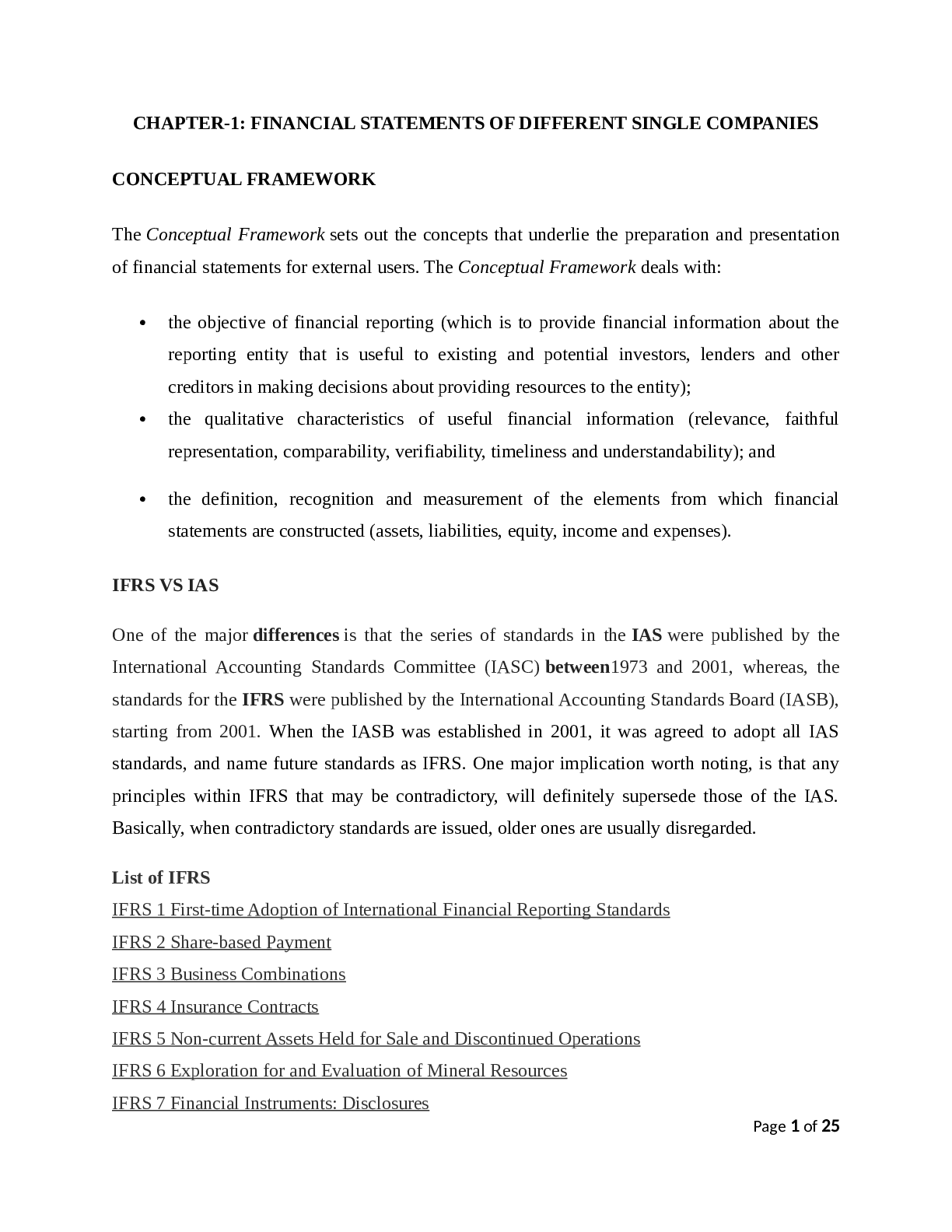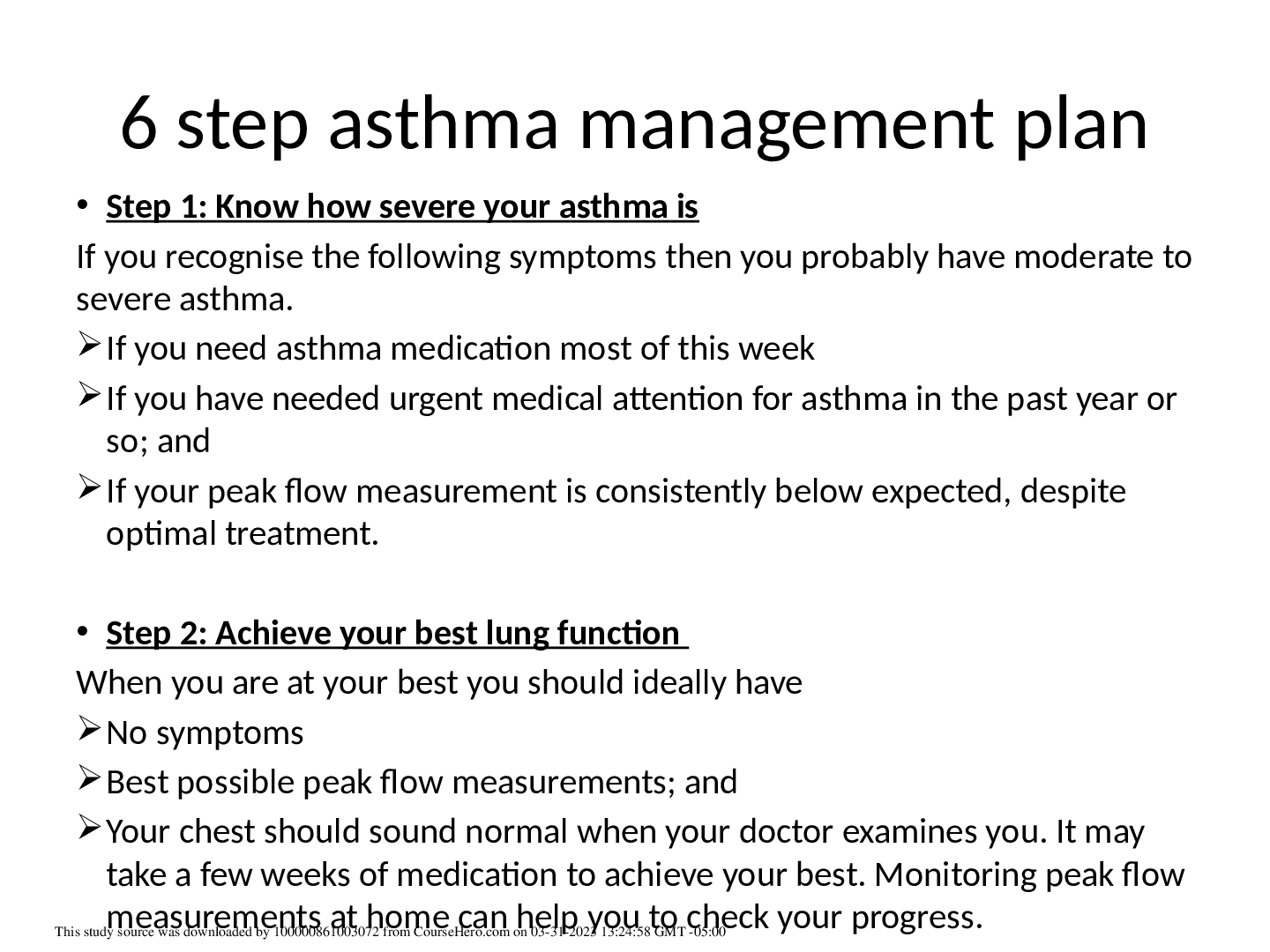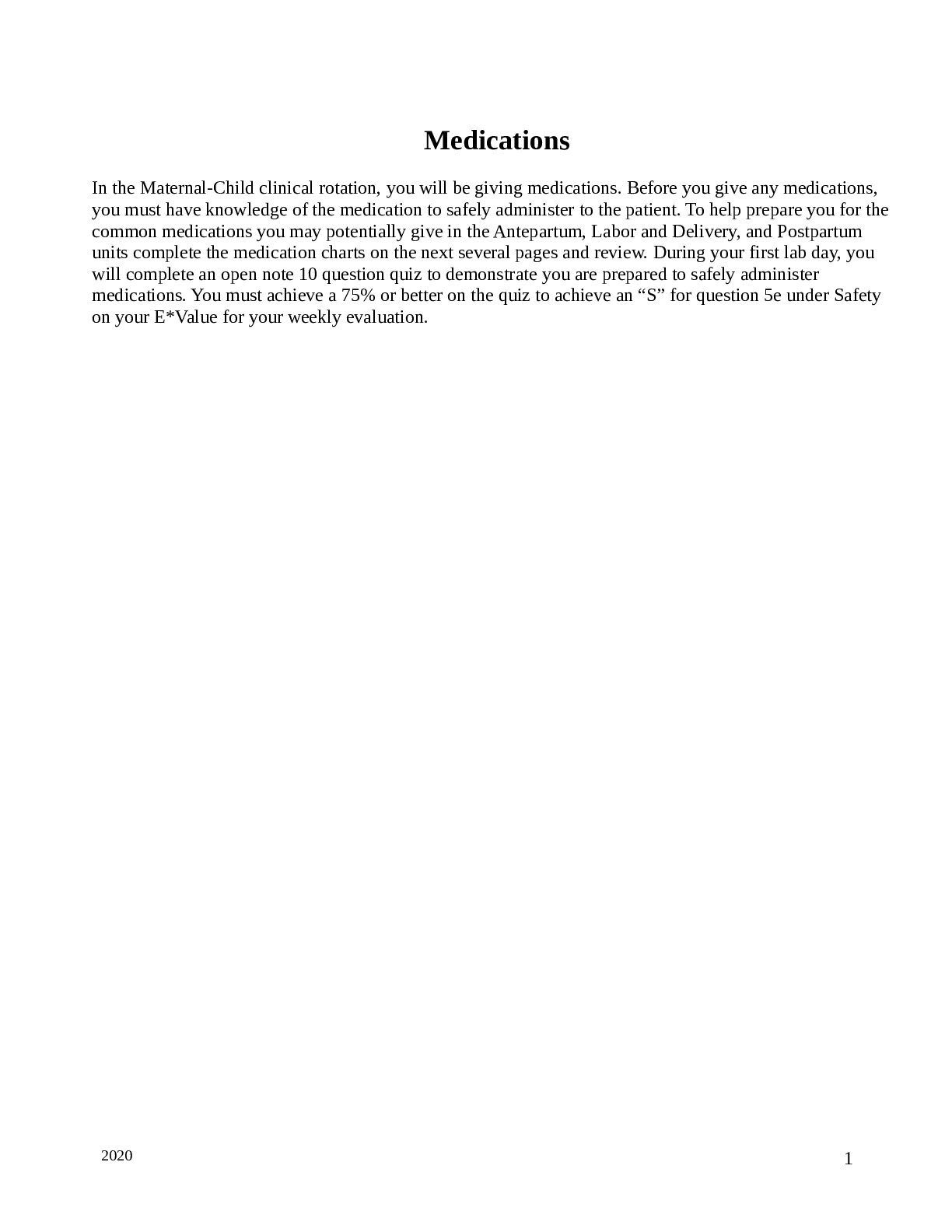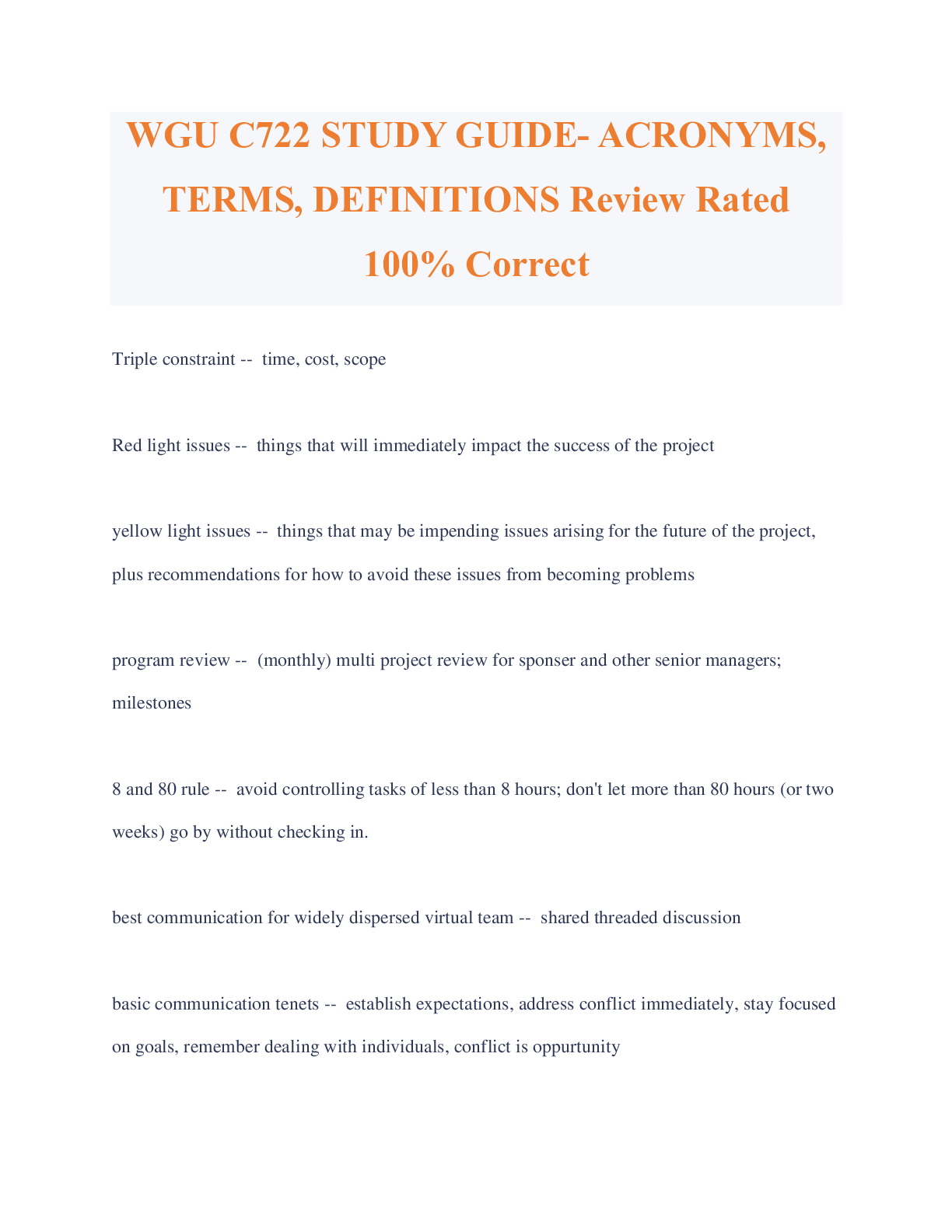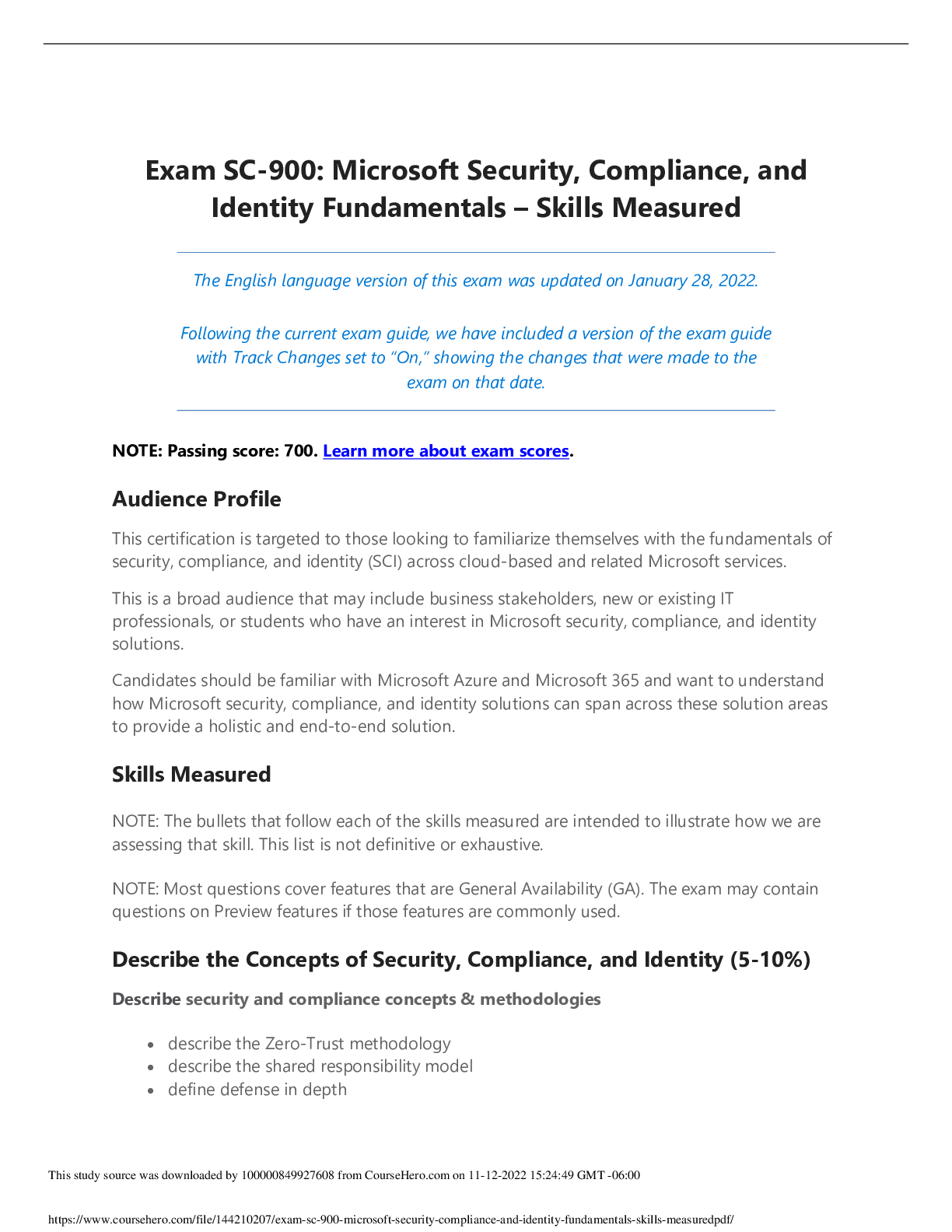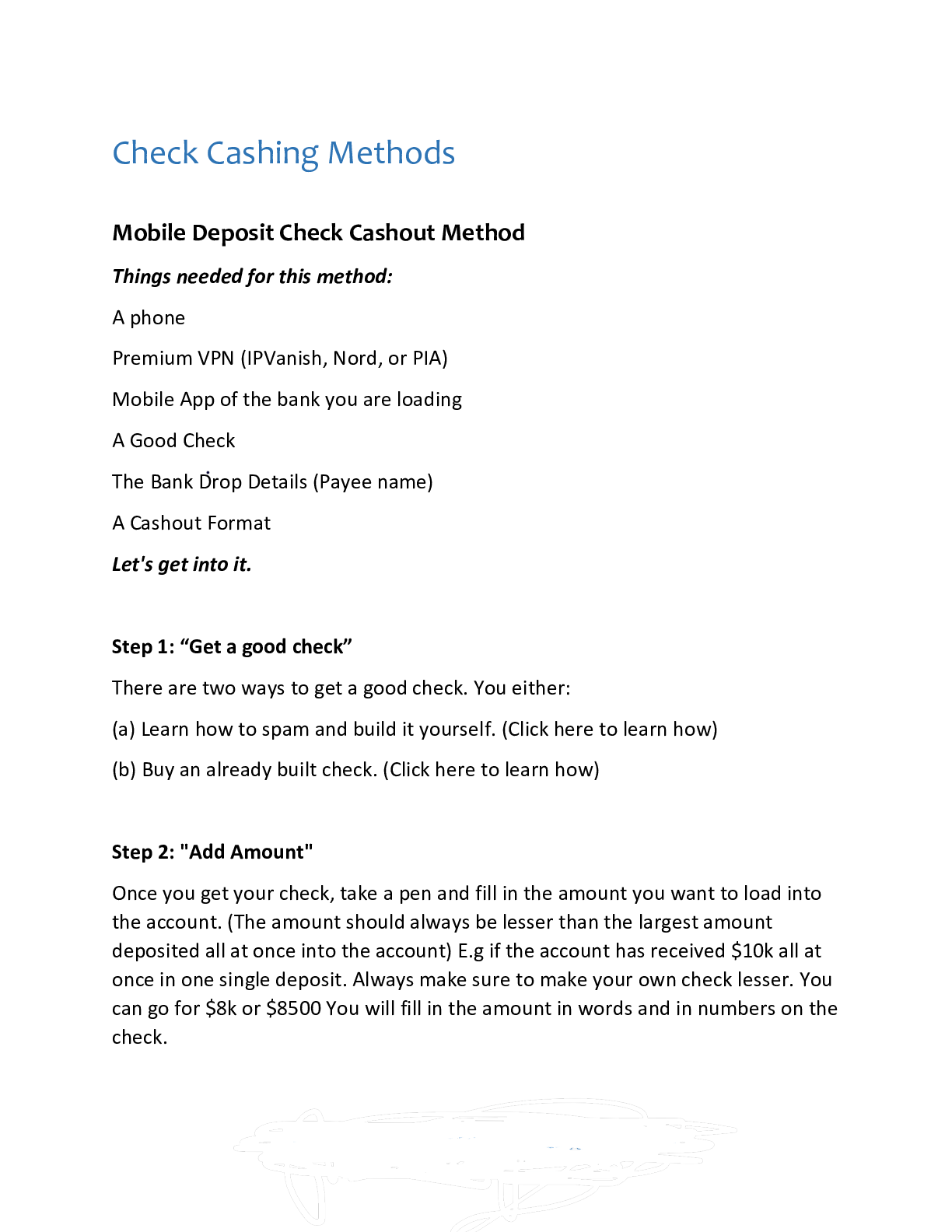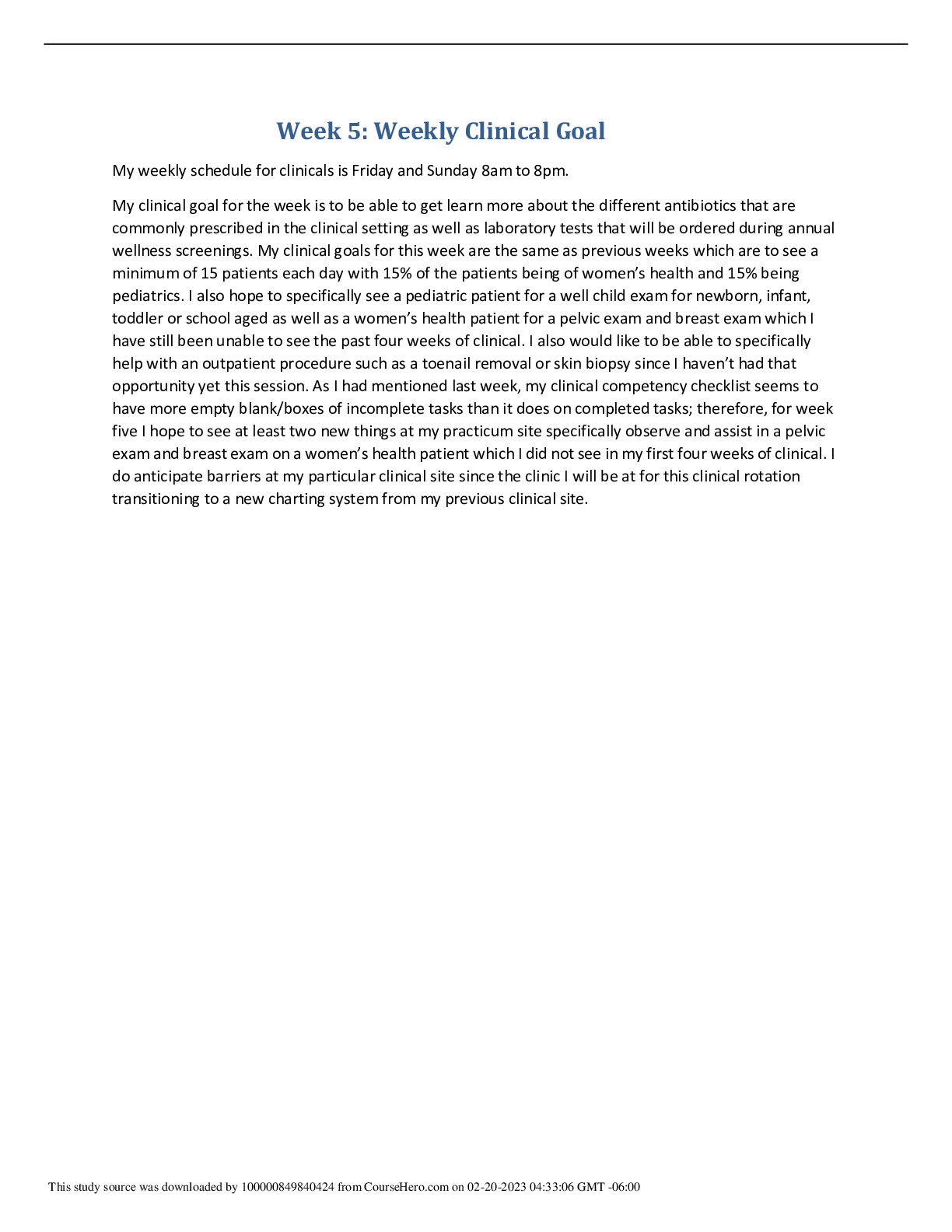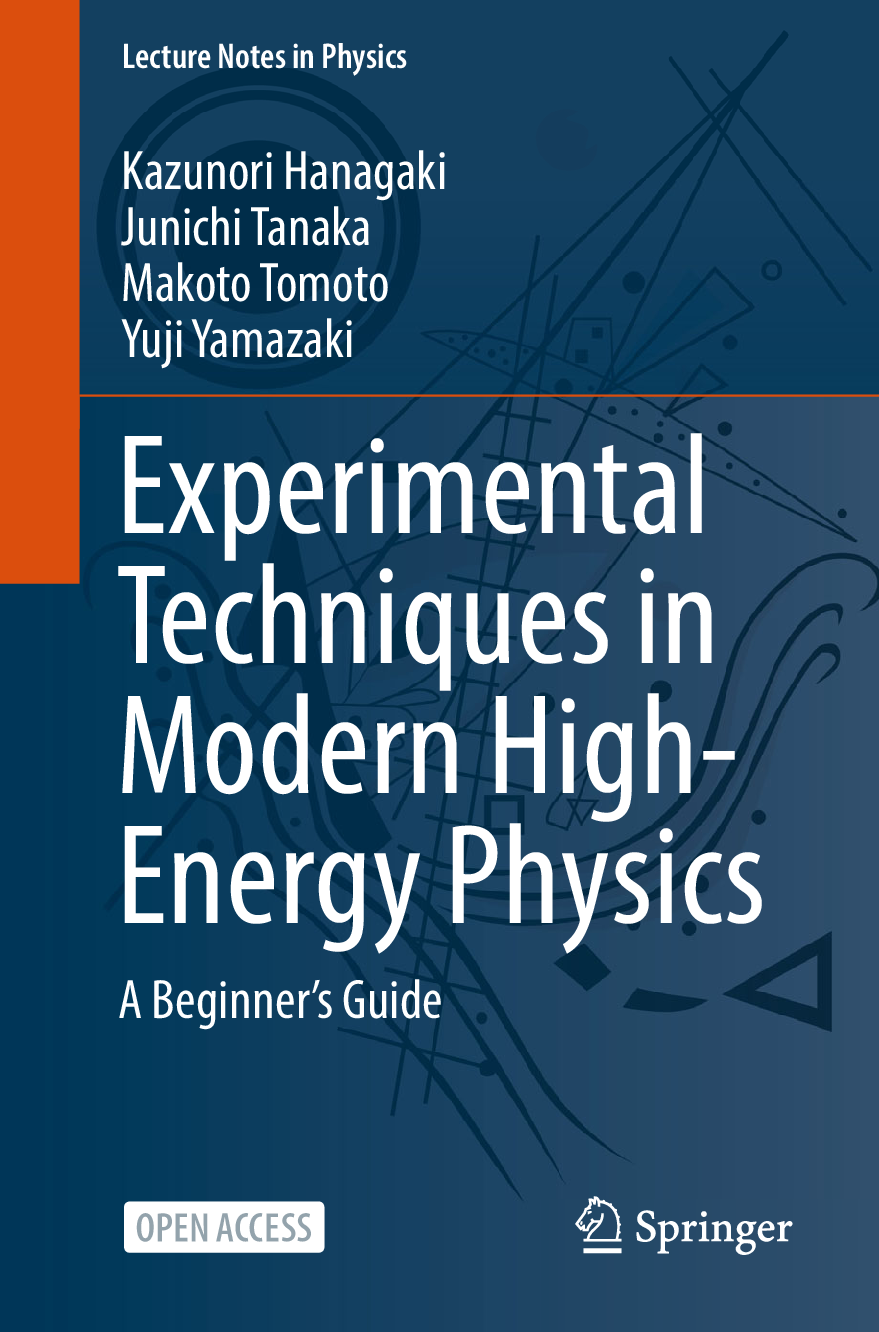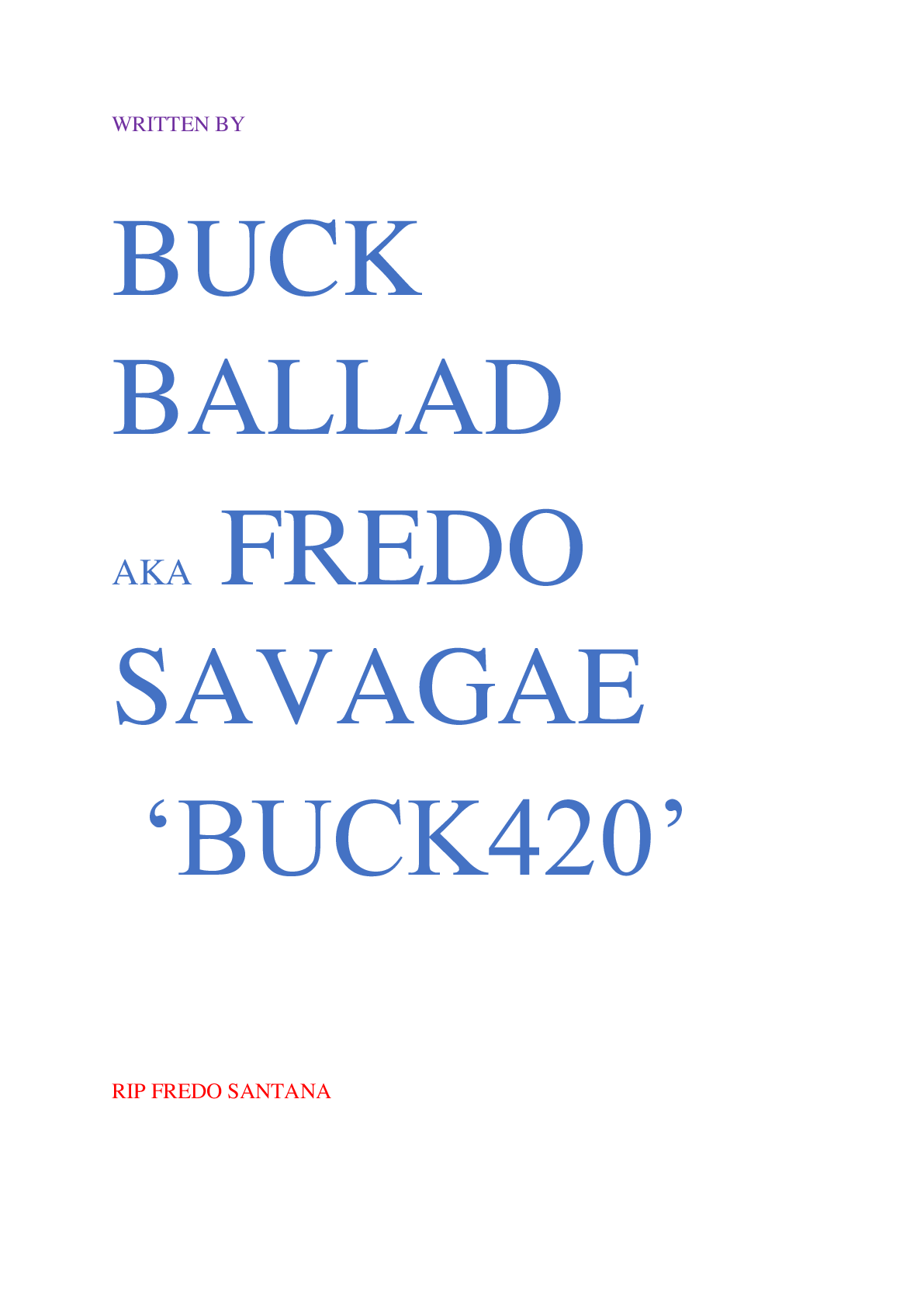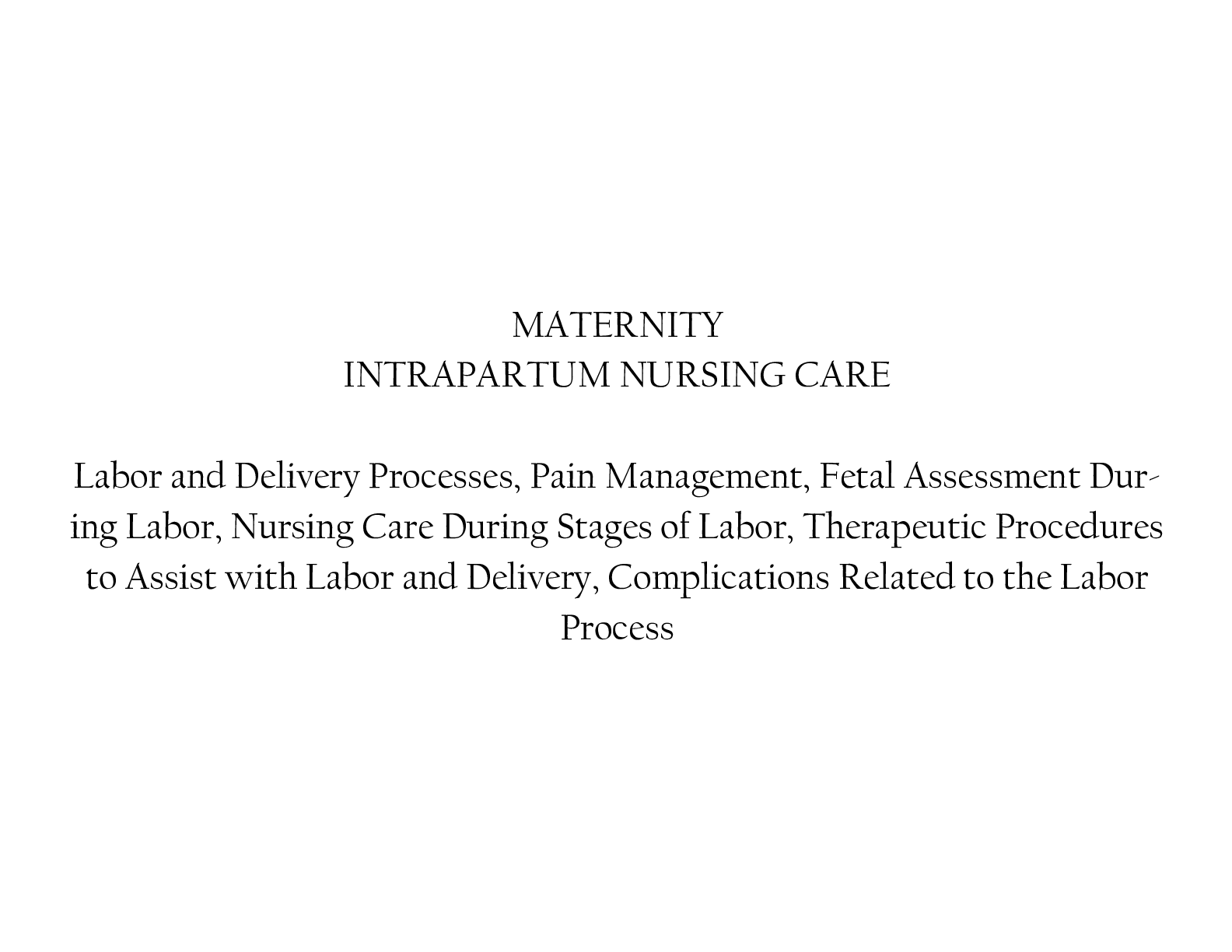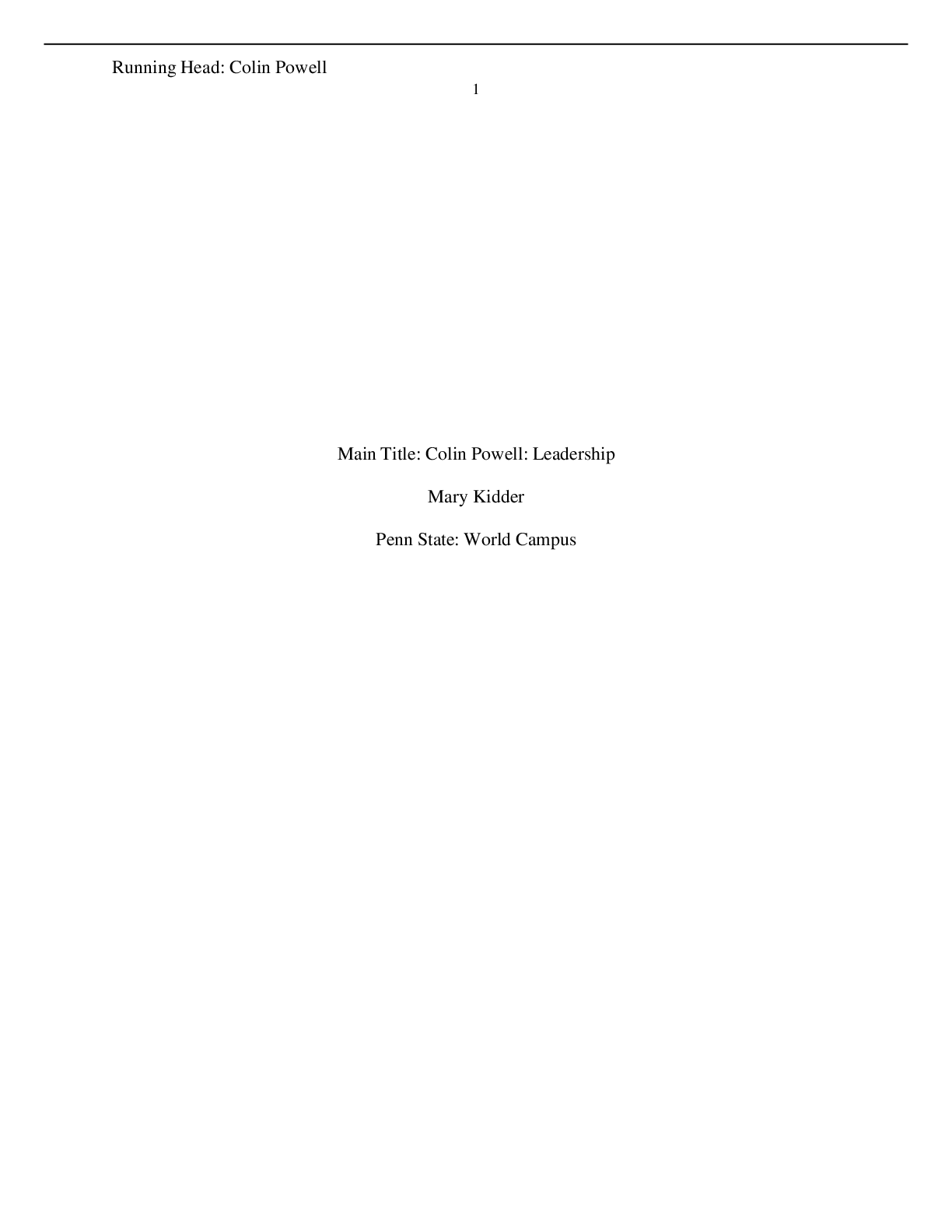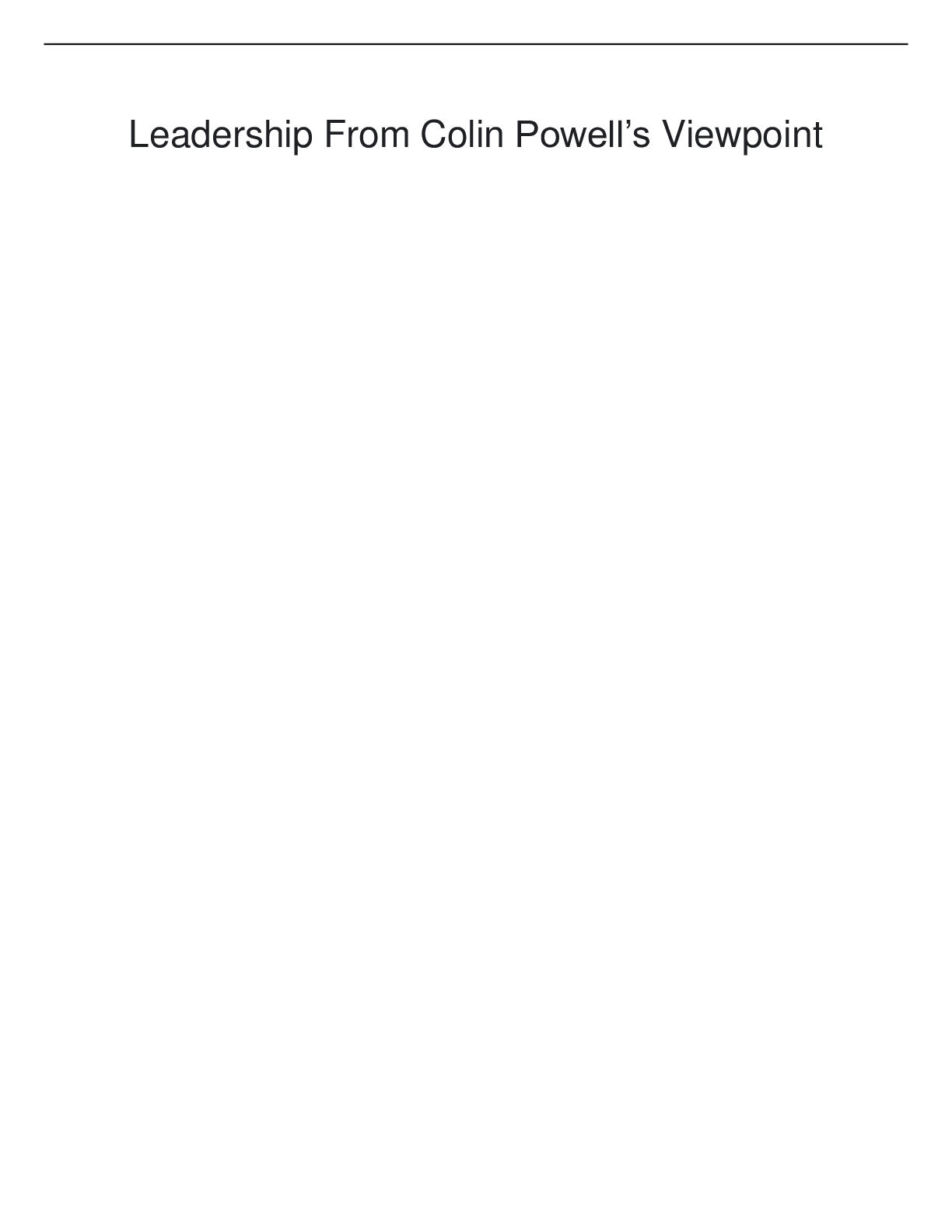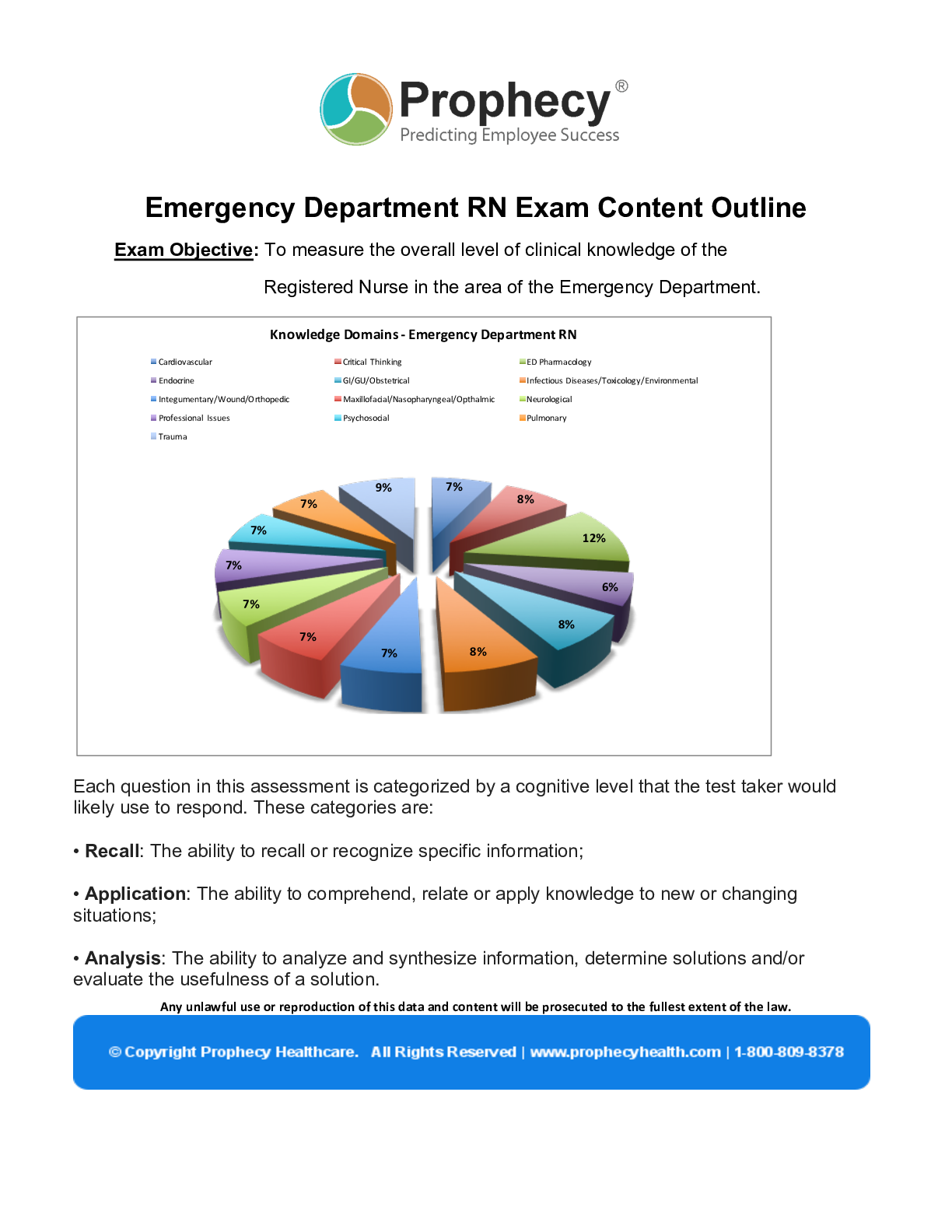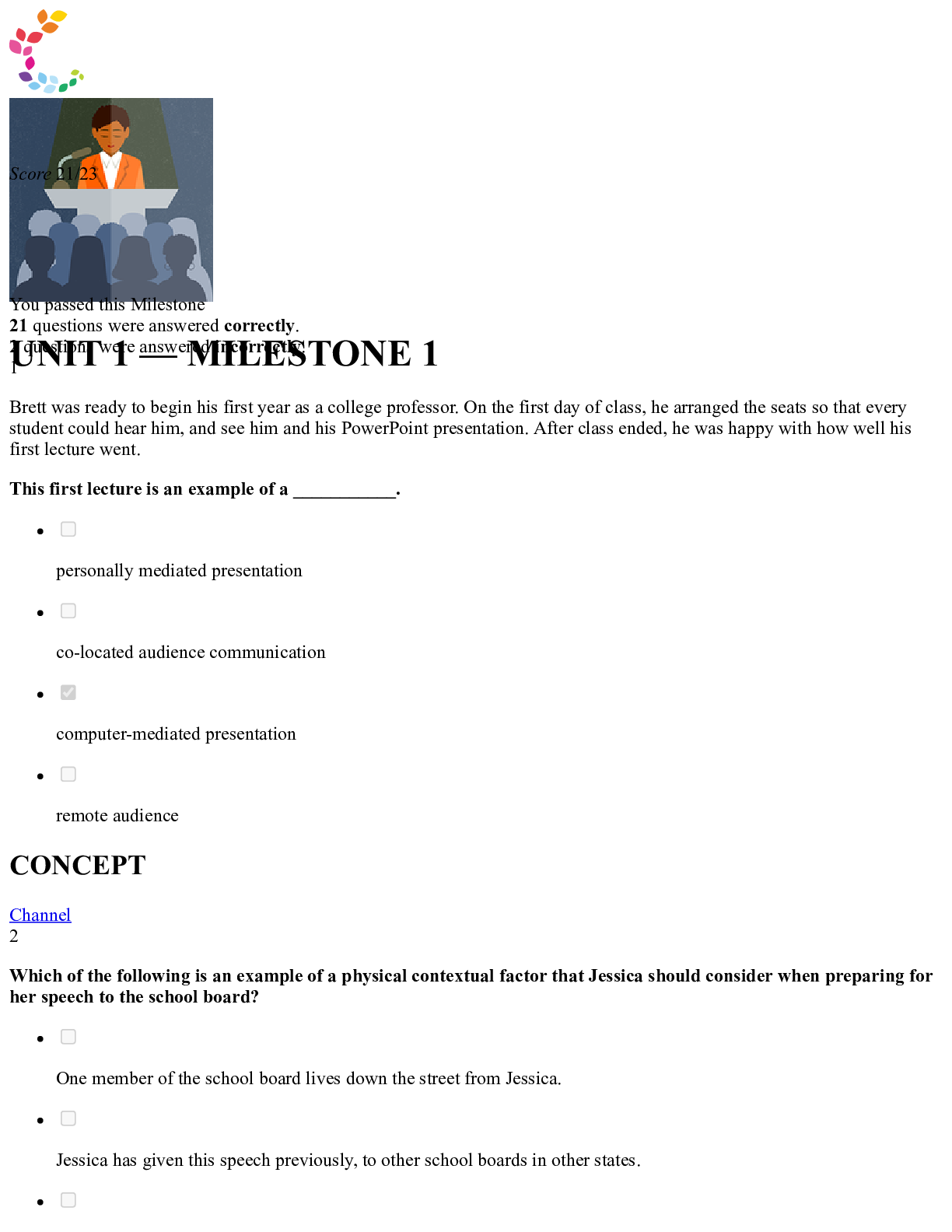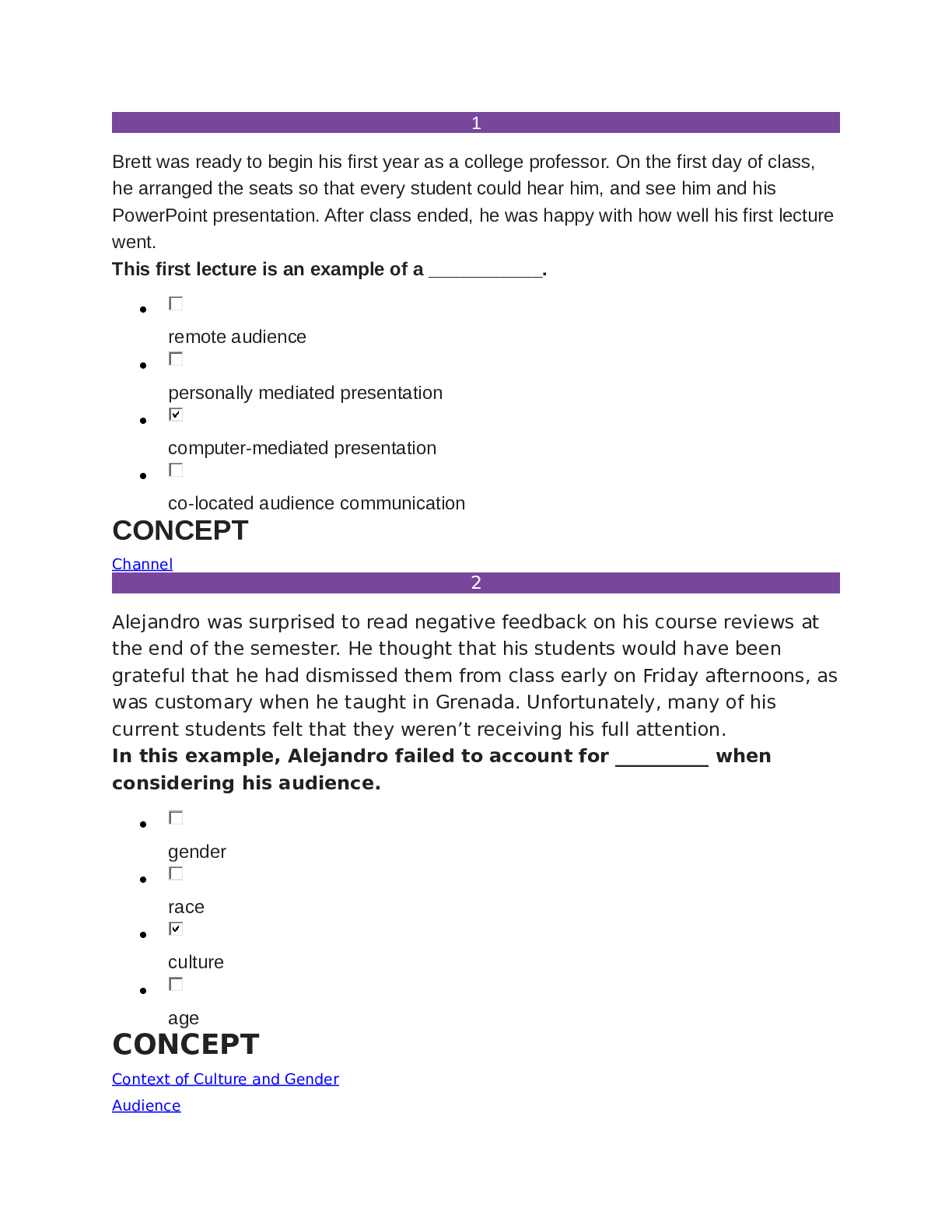*NURSING > GUIDELINES > Clinical Judgement Plan: Patient- C. K, 56 years old male 5’6 ft. 134 lbs: Chief Complaint; Chest (All)
Clinical Judgement Plan: Patient- C. K, 56 years old male 5’6 ft. 134 lbs: Chief Complaint; Chest pain- Angina pectoris- History of Present Illness (HPI), Medical History, Surgical History, Pathophysiology, Diagnosis, Treatment, Social History, ETC
Document Content and Description Below
Clinical Judgement Plan: Patient- C. K, 56 years old male 5’6 ft. 134 lbs: Chief Complaint; Chest pain- Angina pectoris- History of Present Illness (HPI), Medical History, Surgical History, Pathophy... siology, Diagnosis, Treatment, Social History, ETC Clinical Judgement Plan Instructor: DATE Care Provided and UNIT: Final Version 3/15/22 DW/ss & MS Team Write about Cultural considerations, ethnicity, occupation, religion, family support, insurance. (1) (14) Socioeconomic/Cultural/Spiritual Orientation & Psychosocial Considerations/Concerns: include the following Social Determinants of Health (SDOH) (SEE RUBRIC REQUIREMENTS) C.K is a Christian. He is having good support from his family. He doesn’t have any health insurance for now. Pt is an Engineer who has worked for the same company for the past 22 years. He now resides with his wife. He asserts that he does not smoke or use illegal substances. On the weekends, he will occasionally drink alcoholic beverages. He is the father of one daughter, who is married and is 32 years old. He is very spiritual and visits church every Sunday. History of Present Illness (HPI) Mr. C.K a 56 yr old male was admitted to emergency department after complaining of pain in the chest region. He claims that the discomfort started the day before and lasted for around 30 seconds, followed by a dull sensation that lasted for about two minutes. In his left chest, near his shoulder, he felt a sharp, stabbing ache. The patient's pain began as he was wandering about his house. He didn't let the pain stop him from doing his responsibilities around the house. He felt the agony when he got out of bed the next morning (the day after his presentation to the ED). A dull discomfort, followed by a brief period of acute agony, occurred again. After the pain subsided, the patient noticed a tingling sensation in his right arm. Medical History: (SEE RUBRIC REQUIREMENTS) The patient id diabetic and hypertensive. He is also suffering from sleep apnea. Surgical History: (SEE RUBRIC REQUIREMENTS) In the past he underwent, cervical fusion of C5-C7 with laminectomy and also underwent shoulder surgery 14 years ago. Describe patho/include current medical management/complications -risk factorsPathophysiology In cases of angina, the heart's oxygen demand and supply are out of sync, resulting in angina. Increasing demand (e.g., during exercise) without an equal rise in supply might lead to this imbalance (e.g., due to obstruction or atherosclerosis of the coronary arteries). Females, on the other hand, have a different angina pathophysiology than men. Non-obstructive coronary artery disease (NOCI) affects women more frequently than men (Gallone et al., 2020). Diagnosis An angiography of the coronary arteries is often conducted in patients whose noninvasive testing is diagnostic in order to determine the type of the coronary lesion and if this is an appropriate candidate for angioplasty, coronary bypass graft (CABG), or other therapies. Coronary angiography may be performed on individuals with unstable angina or "high-risk acute coronary syndromes" who have resting ischemic ECG alterations or elevated cardiac enzymes such as troponin (Beck et al., 2021). Treatment When it comes to treating angina, beta blockers, especially those that don't have any intrinsic sympathomimetic effect, are the most popular. B1 blockers, such as Nevibolol, Atenolol, Metoprolol, and Bisoprolol, inhibit cAMP in heart muscle cells in a cardioselective manner. Through the blockage of heart muscle calcium channels, calcium channel blockers reduce cardiac workload and oxygen consumption. The calcium-troponin complex does not form in the cardiac muscle cell, thus it does not contract, thereby minimising the requirement for oxygen. Organic nitrates are another family of angina medications that can be utilised. Angina is treated with organic nitrates. Vasospasm can be reversed or prevented, which improves blood flow to the heart and reduces angina discomfort by increasing cardiac perfusion and oxygen delivery. They do this by reversing and avoiding vasospasm (Liu et al., 2019). Social History: Patient occasionally consumes alcohol. No intake of drugs reported [Show More]
Last updated: 1 year ago
Preview 1 out of 9 pages

Reviews( 0 )
Document information
Connected school, study & course
About the document
Uploaded On
May 01, 2023
Number of pages
9
Written in
Additional information
This document has been written for:
Uploaded
May 01, 2023
Downloads
0
Views
42

